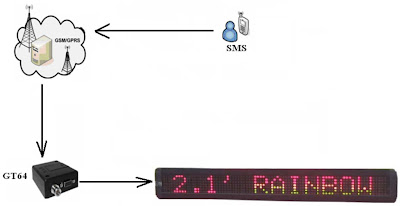The whole project is formed from two large pieces:
1. Network
2. User Interface
The schematic of these project is presented in the figure below.



Download:
To download a demo without the network part, the apk is downloadable here:
http://www.mediafire.com/?bkp0mljtc72m9m5
Android appplication here : http://www.mediafire.com/?2d9tdx90y33y3ma
Modem application here : http://www.mediafire.com/?9nyw09inb7ruvc6











